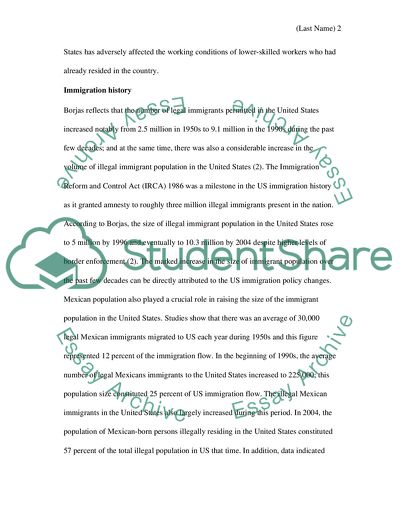Cite this document
(US Economy with Mexican immigrants Essay Example | Topics and Well Written Essays - 1500 words, n.d.)
US Economy with Mexican immigrants Essay Example | Topics and Well Written Essays - 1500 words. https://studentshare.org/macro-microeconomics/1754522-us-economy-with-mexican-immigrants
US Economy with Mexican immigrants Essay Example | Topics and Well Written Essays - 1500 words. https://studentshare.org/macro-microeconomics/1754522-us-economy-with-mexican-immigrants
(US Economy With Mexican Immigrants Essay Example | Topics and Well Written Essays - 1500 Words)
US Economy With Mexican Immigrants Essay Example | Topics and Well Written Essays - 1500 Words. https://studentshare.org/macro-microeconomics/1754522-us-economy-with-mexican-immigrants.
US Economy With Mexican Immigrants Essay Example | Topics and Well Written Essays - 1500 Words. https://studentshare.org/macro-microeconomics/1754522-us-economy-with-mexican-immigrants.
“US Economy With Mexican Immigrants Essay Example | Topics and Well Written Essays - 1500 Words”. https://studentshare.org/macro-microeconomics/1754522-us-economy-with-mexican-immigrants.


